During the past decade, the same old buildings and temples have provided the alluring setting for a flourishing of restaurants, bars, cooking classes and tailors that have become the mainstay of the new tourist economy. The surrounding picturesque rural scenery and nearby Cua Dai beach have helped too.
In the early 90s though, Hoi An's future was by no means secure. Poverty rather than planning had preserved the old town.
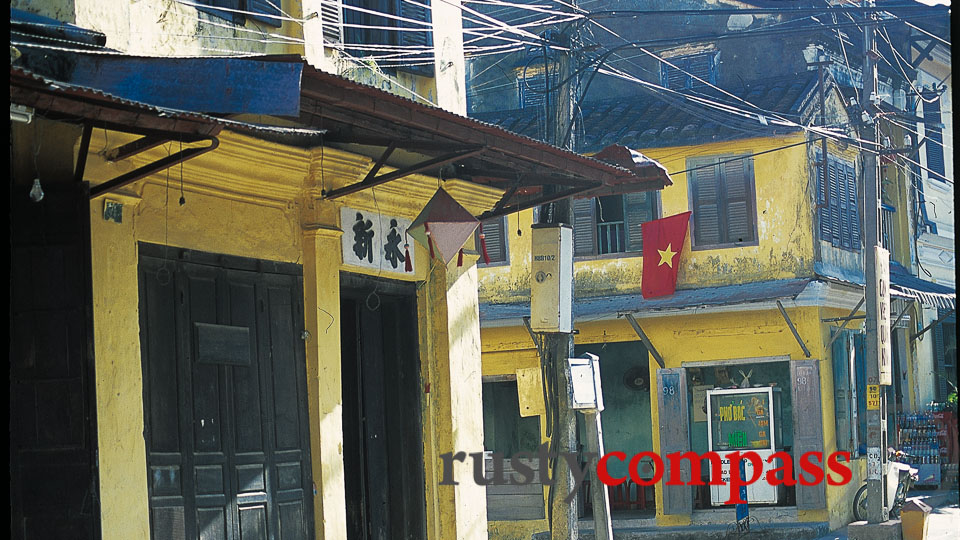
Photo: Mark BowyerHoi An in the 90s. The building in the background is now White Marble Wine Bar.
UNESCO's World Heritage listing came through just in time in 1999. Any later and Hoi An's heritage would likely have been ravaged in the manner that has occurred in cities and towns across Vietnam over the past 15 years.
When Travel Indochina first started operating tours to Hoi An back in 1993, its unique heritage and tourist appeal was easy to pick, but nothing much was happening. Hoi An was a very local town. There was no real tourist industry. The old houses were still private residences and most were shuttered all day.
Apart from a walk around the old town and a visit to a couple of the old houses, there was little else to do. There wasn't any information available about Hoi An's history either (little has changed on that front 20 years later).
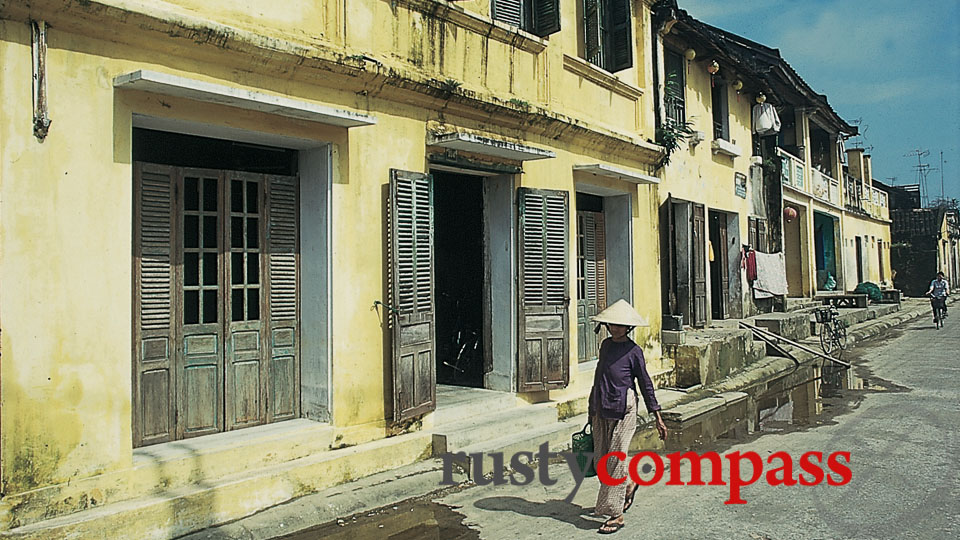
Photo: Mark BowyerHoi An in the 90s. Bach Dang St on the river.
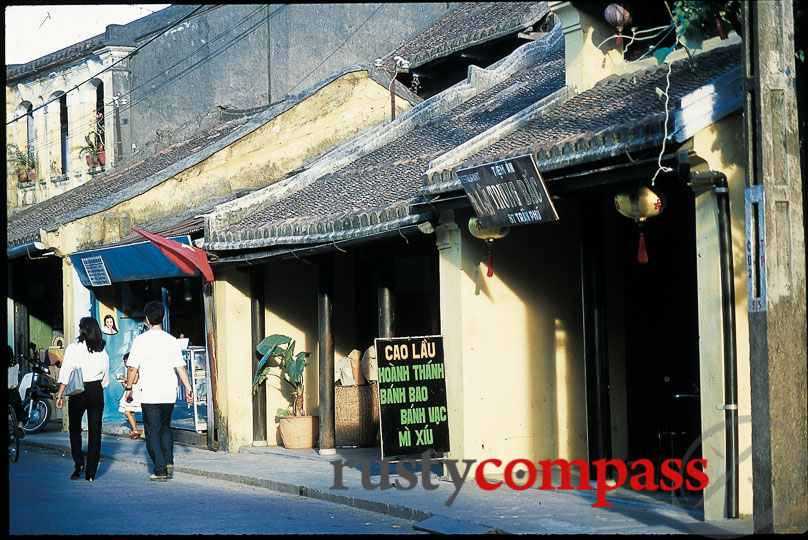
Photo: Mark BowyerHoi An in the 90s. Tran Phu St.
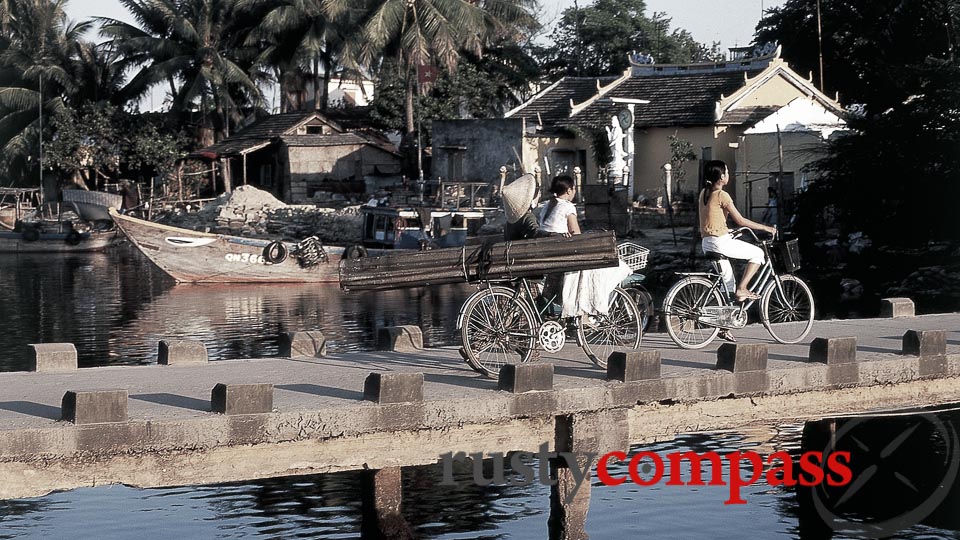
Photo: Mark BowyerHoi An in the 90s. Before the An Hoi bridge and development across the river.

Photo: Mark BowyerAcross the river from Hoi An, An Hoi was rural and only accessible by a narrow concrete bridge.
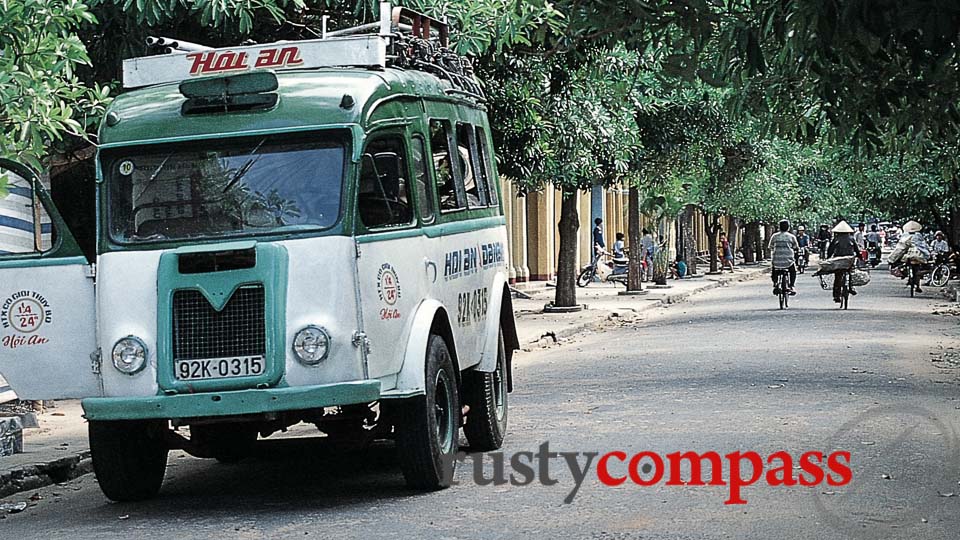
Photo: Mark BowyerHoi An in the 90s. Phan Boi Chau St.
There were a handful of new family-owned restaurants opening up and there wasn't anywhere suitable to stay.
The Hoi An Hotel was the only hotel in town. Consisting of a single French colonial block, it was dedicated mostly to backpacker dorm-style accommodation. It's changed a lot since then.
Our group had barely survived the previous night in Quang Ngai, (check the blog here) and we decided that dorm-style accommodation wouldn't suit. We opted to stay on China Beach at the foot of the Marble Mountains in what was known then as Non Nuoc Resort. We only spent a few hours in Hoi An.
Impressed as we all were by Hoi An, it was hard to justify staying longer. And the beach further north at our so-called resort, beckoned.
Hoi An's life as a beach destination hadn't yet begun. 5kms away, Cua Dai beach, now lined with hotels and resorts, was hidden down a narrow dirt track. There was no coast road between Hoi An and Danang. It was many visits later before I finally made my way to Cua Dai beach for the first time in 1995. Ms Ly from Ly's restaurant led the way.
Ly was one of 3 enterprising young women, all Hoi An locals, that we met back in 1993. There was another young restaurateur, Vy, who'd opened Mermaid on Tran Phu St. Then there was Thu Thuy, a small-time tailor.
All three noted the arrival of the first trickle of tourists and sprung into action. Twenty years later, they're all successful Hoi An businesswomen.
Thu Thuy was among the first of Hoi An's tailors. Tailors dominate the old town now and she's capitalised on her early start to capture a big slice of the market. With multiple outlets churning out clothes at high-speed to hundreds of tourists per week, it's a big business.
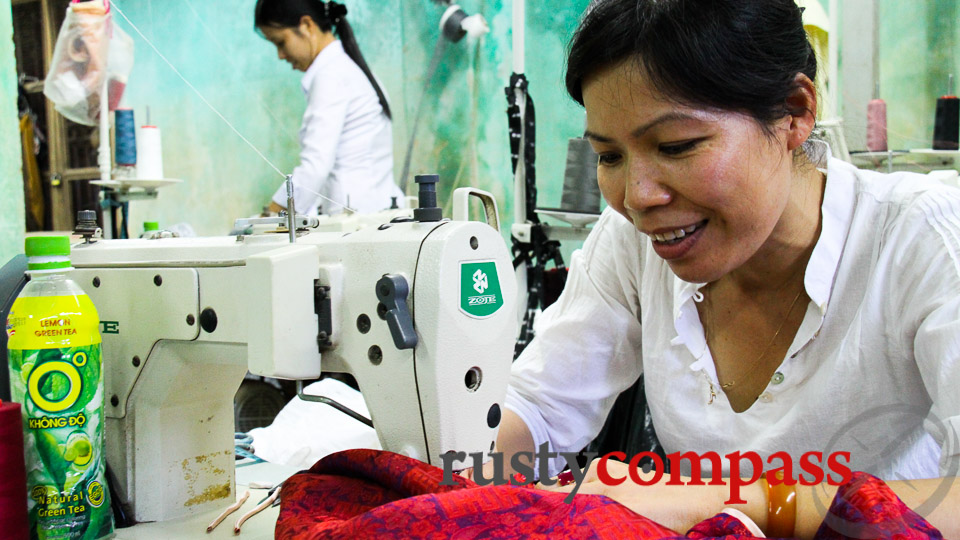
Photo: Mark BowyerTailor shops are a major part of Hoi An's tourist economy.
Vy's original restaurant, Mermaid, continues to flourish as a simple family style eatery. She's gone on to open Morning Glory restaurant, a cooking school and Cargo cafe. They're all very successful.
Ly has worked hard at building one of Hoi An's most popular restaurants - Ly's. She still spends most days in the kitchen and that's a big part of the appeal. It's still very much a family affair and hasn't lost the charm that made it popular in the first place. I never visit Hoi An without stopping by.
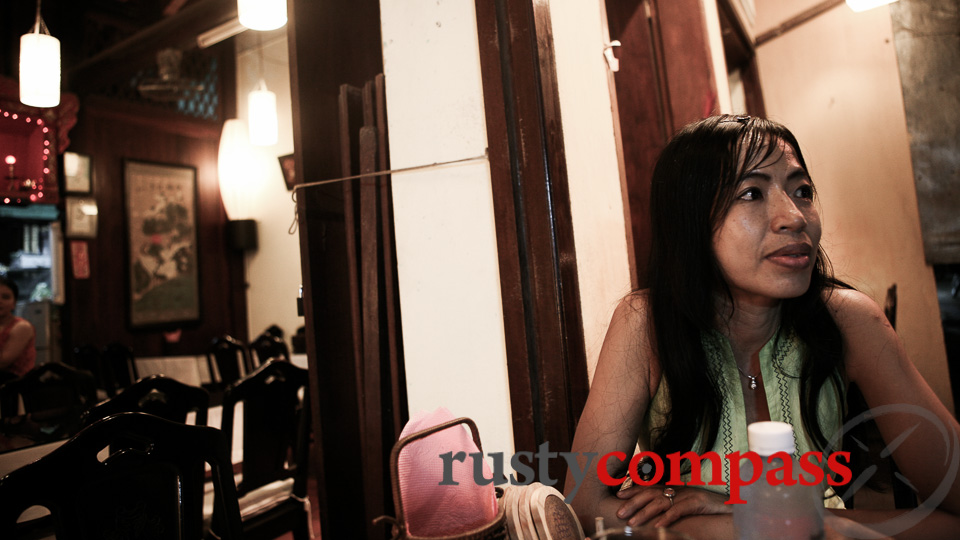
Photo: Mark BowyerLy from Ly's restaurant - a Hoi An institution twenty years on.
All three are great stories and testimony to the part tourism has played in launching small business people into a larger realm.
Ly, Vy and Thu Thuy are also great tributes to the commercial savvy and talent of Vietnamese women. The flourishing of successful Vietnamese women has been a standout feature of the past 20 years of the country's economic development. At many levels, Vietnam remains a deeply patriarchal place, yet women hold prominent roles in the family, in business, in academe and in government. Trying to come up with an account of how gender relations work in Vietnam is a project beyond my capabilities. But classic western stereotypes of Eastern passiveness are hopelessly off the mark. Women are huge players in family, business and government and you don't have to spend long in the country to work that out.
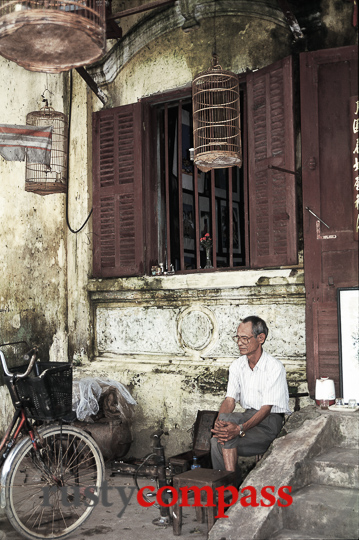
Photo: Mark BowyerThis shot was taken back in the mid 90s when this man had a small motorcycle and bicycle repair shop on Hoi An's Nguyen Thai Hoc St.
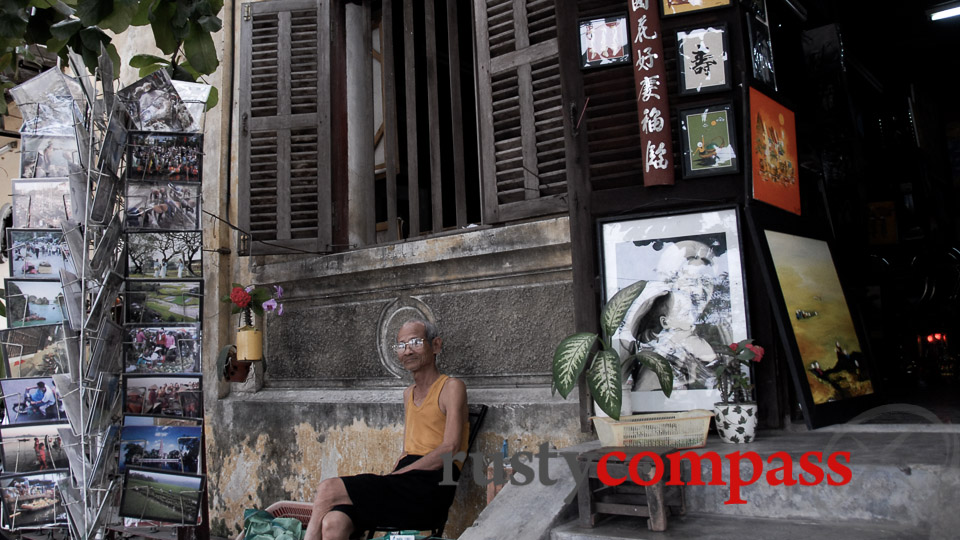
Photo: Mark BowyerThe same man in 2008 was selling postcards and cheap paintings. I haven't seen him in recent years.
Travel Indochina's first year of tours stayed about 30 minutes drive north of Hoi An on what was then known as China Beach - right by the Marble Mountains. These days references to China Beach and the South China Sea are officially frowned upon lest they give legitimacy to the northern neighbour's expansive maritime claims. The South China Sea is known in Vietnam as the East Sea.
The hotel was a cluster of Russian built blocks called Non Nuoc Resort. It's been refurbished and rebuilt and is now called Sandy Beach Resort. It's on a very nice patch of coast that has witnessed huge development during the past decade.
In those days, we had the beach mostly to ourselves - joined in the late afternoon by local families who, as they do now, preferred to cool off once the sun loses its heat.
In 93, China Beach or Non Nuoc Beach as it's known locally, still had gun emplacements from the Vietnam War and was overlooked by the Marble Mountains that had been a shelter for Viet-Cong fighters. The arrival of tourists saw a cottage industry of marble carving emerge and ravellers began to climb the mountains for views across the coast.
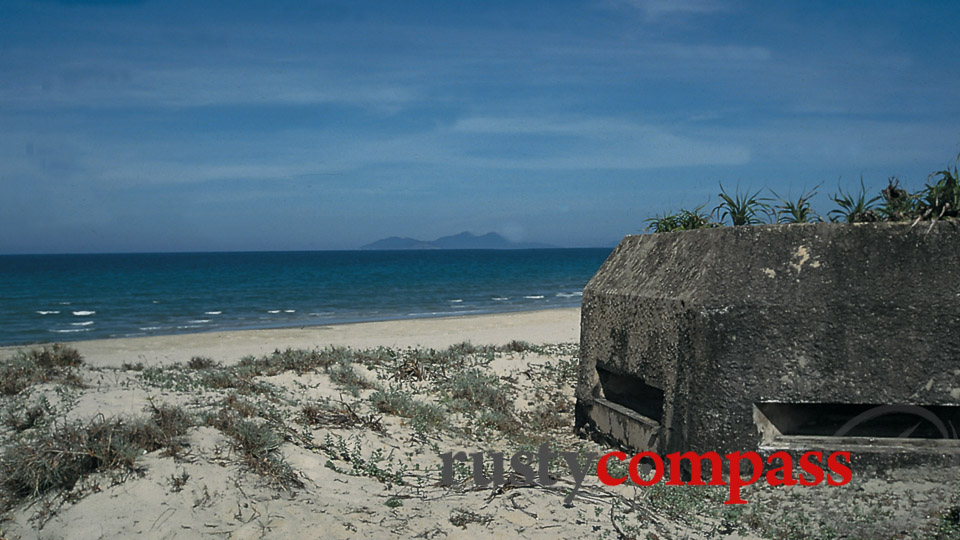
Photo: Mark BowyerChina Beach in 1993
The Marble Mountains are now a major tourist attraction - so much so that they've probably ceased to be of much interest. And the marble carving has developed enormously too - though much of it is heavy kitsch, catering to Vietnam and China's new rich.
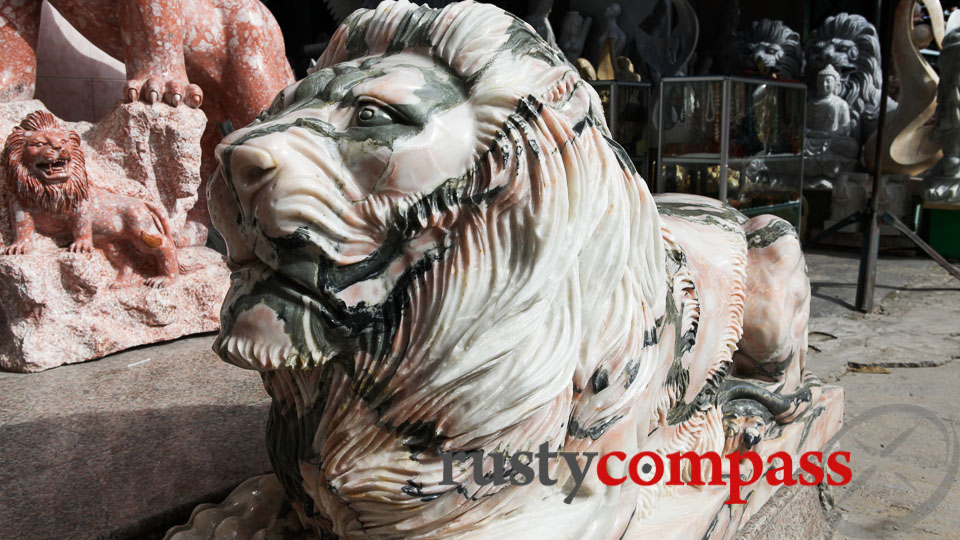
Photo: Mark Bowyer One of these for the family home perhaps? Marble Mountains, Danang.
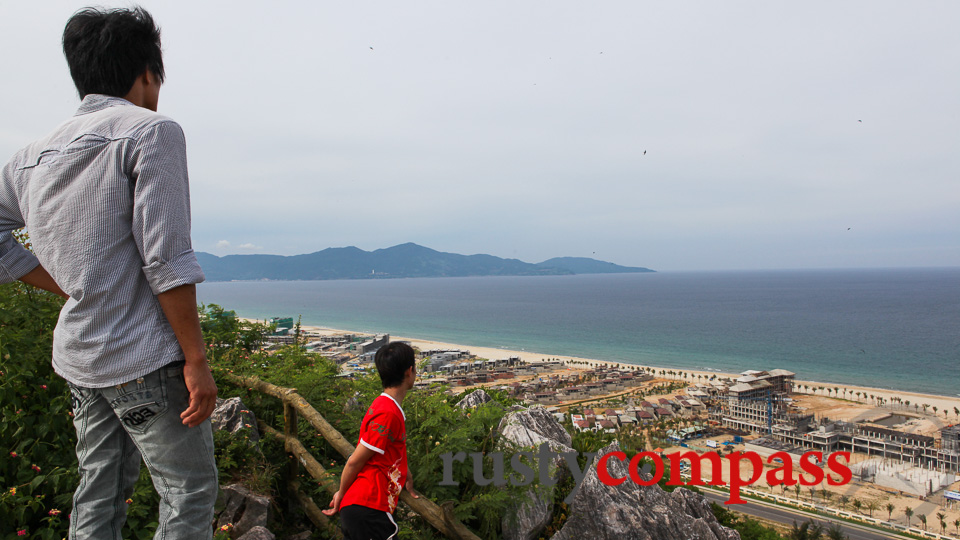
Photo: Mark BowyerDeveloping the Danang beach strip in 2010. The View from Marble Mountains.
Twenty years on, I'd say Hoi An and the beach strip back to Danang have seen more tourism-driven change than any other place in Vietnam. There's been good and bad.
Hoi An's old town may feel Disney-esque to some with most of the living town replaced by tailors, trinket sellers and restaurants. But it has survived. And that makes it a better heritage story than most other places in Vietnam. Just as important, its future looks secure too - even if the surrounding rural and beach country face over-development.
The closure of Hoi An's old town to motorised vehicles for large parts of each day has also been a simple but positive initiative that could be effectively replicated elsewhere in Vietnam.
The beach story is less positive, especially along the road back to Danang where grand-scale, mostly soulless overdevelopment dominates.
Other parts of Vietnam could learn something from Hoi An about how a heritage area can be preserved and transformed into a booming tourist economy. I hope they do. And soon. It may not be a textbook template, but it's the best one going in Vietnam.
Disclosure
I co-founded Australian travel company Travel Indochina with Paul Hole and in August 1993, led the company's first tour, The New Vietnam, overland between Saigon and Hanoi. I left Travel Indochina in 2006 and have no commercial involvement with the company.





1 comment so far
Great for a back time review. Tx Mark!